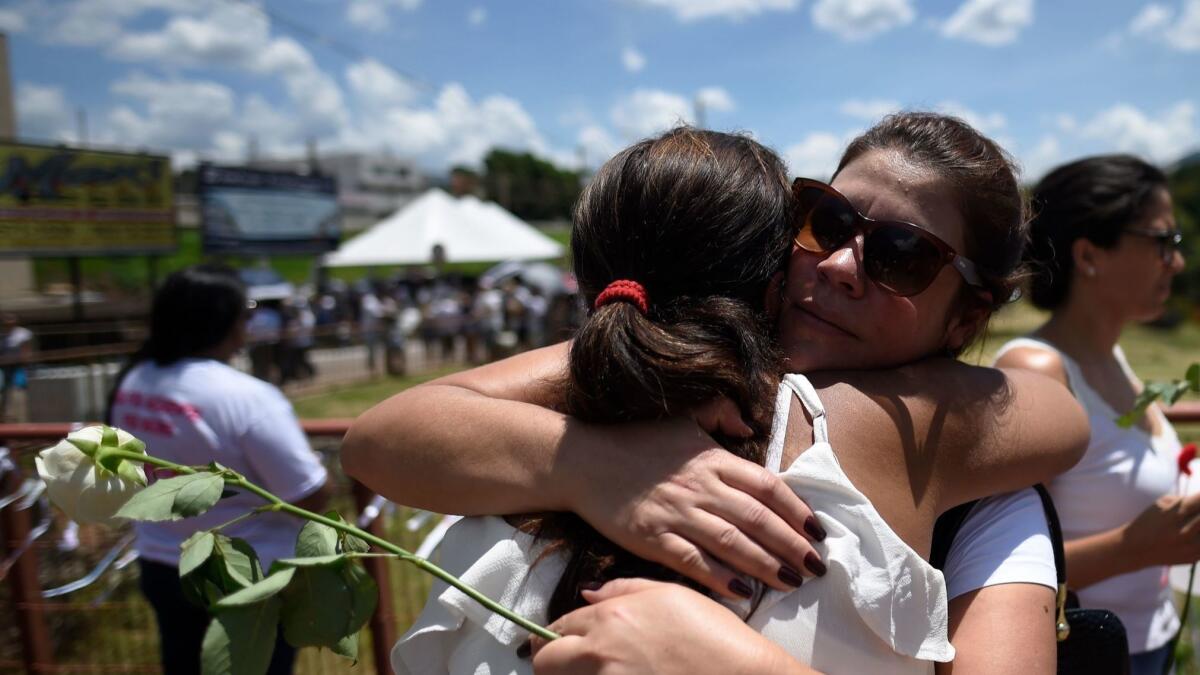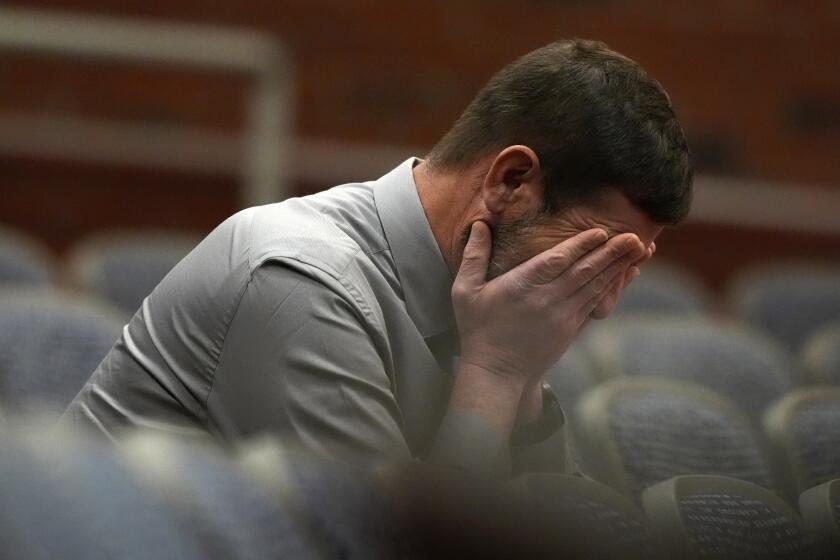Residents of Brazil town try to rebuild lives after another deadly dam disaster

It was a quiet Friday in January when the residents here first heard the trees falling. A dam at the local iron ore mine had collapsed, generating a wave of toxic waste that crushed everything in its path. Residents tried to outrun the rust-red mud as it engulfed their homes, their cars, their pets. Almost 300 people were killed or went missing.
The collapse was the second deadly dam disaster in Brazil in just three years. In 2015, a dam holding mineral waste burst, gushing toxic mud into a nearby river in Brazil’s worst environmental disaster to date. Both dams were owned by Vale, the world’s largest iron ore miner.
Since January, Vale’s chief executive and other leaders have stepped down, with documents revealing that the company knew the dam had a high risk of collapse before the disaster. The Brazilian government is investigating whether the company willfully misled officials about the dam’s safety.
Today, survivors are trying to rebuild their lives in a wasteland.
Residents of Brumadinho had long feared that the dam above their town would break. Denisiana Franca, 39 and a member of Brumadinho’s residents association, said Vale called a town meeting last year to present an escape route in case of emergencies. When she asked whether there was a risk that the dam could collapse, the company assured her that was impossible.
In January, she was home alone when she noticed a drainpipe in her home start to shake. Then her phone rang: It was her boss’s husband, who worked at the mine, telling her to run.
“I went downstairs and everyone was crying, watching their houses being taken away,” Franca said. “It was a horror scene. The mud took everything.”
She was able to get away from the sludge, but her cousin and a nephew were buried alive. Now, as she helps her neighbors rebuild their homes, she fears the long-term effects of the collapse.
“The disaster broke the town’s spirit,” she said. “We lost the will to smile, to play. It was so peaceful here. Now we are fighting for space with vultures, who come after the dead animals and body parts in the river. The smell is unbearable.”
Father Andre Agostino Theotokos was at a nearby conference when he witnessed the disaster unfolding on television. The next day he traveled to the town to counsel families whose loved ones had disappeared and to organize donations. When he arrived, he was shocked.
“It looked like the moon: the dryness, the silence, the pain. The emptiness of the scene hit my chest,” he said. “It got me thinking of man’s destructive power, of the greed and abuses in the mining sector.”
The dam, made out of hardened silt, is used to store waste produced by the iron ore mine. But because of the way they are constructed, the walls of the dam can liquefy and collapse after heavy rain.
As the mud washed over Brumadinho, survivors of the 2015 dam disaster watched a replay of their tragedy on national television in disbelief.
“I was revolted. The company didn’t see what happened here as a warning and take precautions,” said Tania Penna Carvalho, 51, whose husband, Daniel, drowned in waste when the first Vale dam burst in 2015. “It is awful. We know what these families are going through.”
More to Read
Start your day right
Sign up for Essential California for news, features and recommendations from the L.A. Times and beyond in your inbox six days a week.
You may occasionally receive promotional content from the Los Angeles Times.






